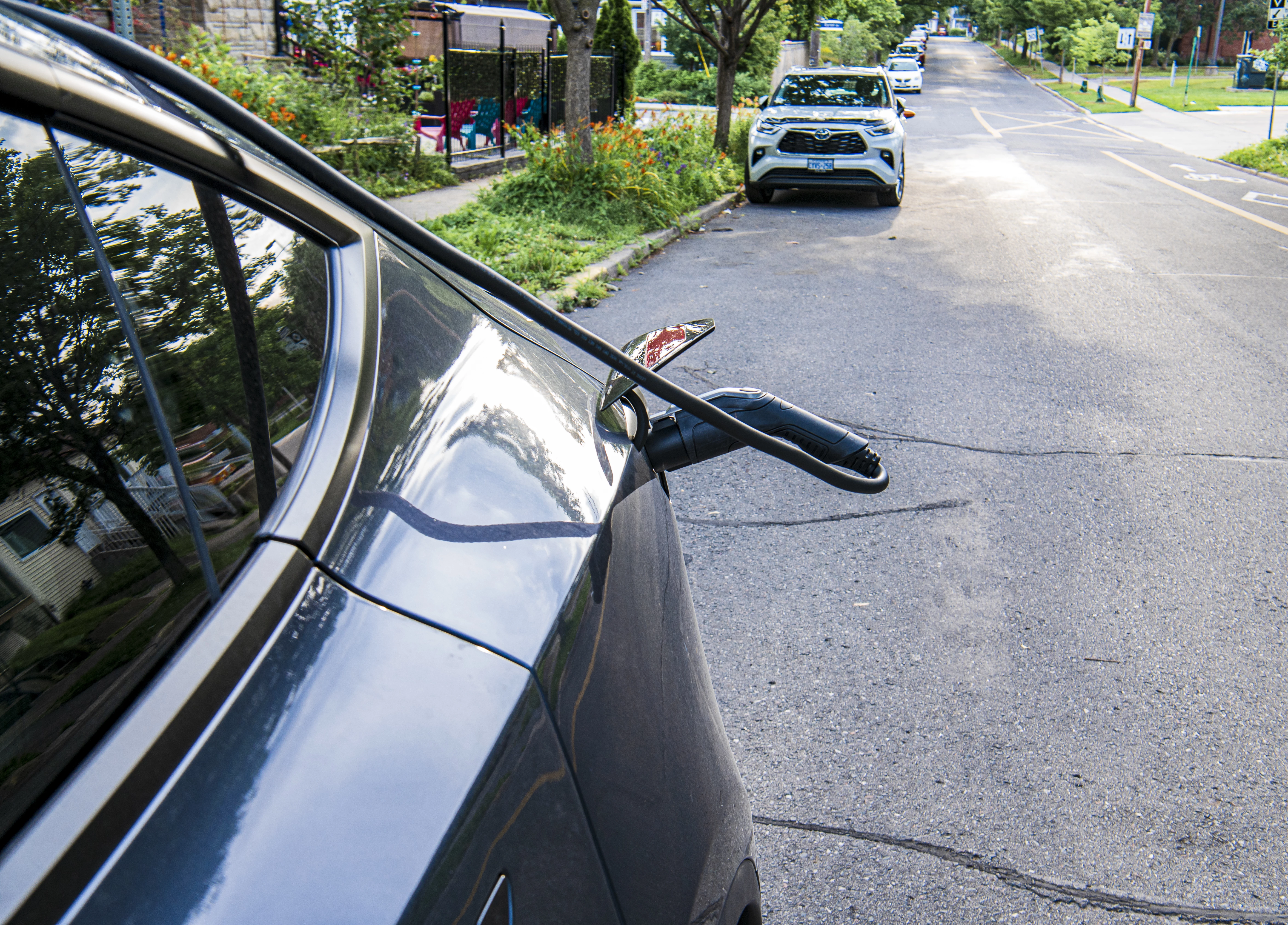
Partner Article
Data reveals inaccurate government scheme costs EV fleet drivers without home charging an extra 13p per mile
-
The Government Advisory Electricity rate is due to increase on September 1st, but the system still doesn’t work for the vast majority of drivers
-
Mina’s data shows that EV drivers without access to home charging are, on average, 13 pence out of pocket per mile driven – totalling £1,300 for drivers consuming 10,000 miles per year
Data released by Mina, an industry-leading payment solution for EV charging, reveals the inadequacy of the Government Advisory Electricity Rate, which is set to be increased from 9 pence to 10 pence per mile on September 1st. According to real-time analysis of 36,580 home and public charges in July, EV fleet drivers are spending up to 32 pence per mile depending on where and when they charge.
The Advisory Electricity Rate or AER is a pence per mile reimbursement rate which is used by companies for employees using electric vehicles as part of their fleet. Employers can use the AER when they are either reimbursing employees for business travel in their company vehicles or if they need employees to repay the cost of electricity used for private travel.
According to data spanning 1st - 31st July 2023, those without access to home charging, or who need to use public charging en-route, are most financially impacted, spending 23 pence per mile on average. This means they are 13 pence out of pocket on average for every mile driven. With EV fleet drivers driving 10,000 miles per year on average, this would total £1,300 annually.
The cost of charging at home is much lower in comparison. Drivers of cars are getting savvier when it comes to how they charge, spending 9 pence per mile on average. This indicates increased usage of smart tariffs which incentivise people to charge during non-peak hours. Van users on the other hand are still struggling to balance the books, spending 13 pence per mile on average.
A full break down of July’s data can be found below:
- Charging at home or in public:
- Cars and Vans - average cost 11ppm
- Cars - average cost 9ppm (highest record of 30ppm)
- Vans - average cost 13ppm (highest record of 32ppm)
- Charging at home:
- Cars and Vans - average cost 11ppm
- Cars - average cost 9ppm (highest record 17ppm)
- Vans - average cost 13ppm (highest record 20ppm)
- Charging at public charge points:
- Cars and Vans - average cost 23ppm
- Cars - average cost 22ppm (highest record 30ppm)
- Vans - average cost 28ppm (highest record 32ppm)
Ashley Tate, CEO of Mina, said: “The AER quite simply isn’t fit for purpose and will never work regardless of the rate. The Government has increased the rate to try and create a fairer system, but there are too many variables to factor in. For example, home charging costs hinge on your specific tariff. Those on higher tariffs do not have their charging expenses covered by AER, while those on lower tariffs, like Octopus Energy’s Intelligent tariff, receive reimbursements exceeding energy costs. If you’re charging at a public charge point, the amount you’re charged is typically double cost per kWh compared to charging at home and our insights show that 100% of public charge points are above the AER. Under the current system, both drivers and businesses can end up out of pocket.
“The government must move beyond the current system’s limitations and focus on modern solutions that better reflect real costs for both drivers and businesses. Let’s ensure fair, precise and reliable reimbursement that supports the transition to EVs and ensures drivers and companies aren’t left out of pocket.” Mina, which was recently acquired by Allstar’s parent company FLEETCOR, is the UK’s only platform which allows fleet vehicles to be charged at home and on the road, resulting in a single monthly invoice for the fleet owner. The innovative payment system integrates with and accurately monitors drivers’ domestic tariffs and hardware, ensuring accurate payments for each charge session consumed is paid directly to their energy supplier each month.
This was posted in Bdaily's Members' News section by Lucie Hayes .
Enjoy the read? Get Bdaily delivered.
Sign up to receive our popular morning National email for free.








 Apprenticeships: Lower standards risk safety
Apprenticeships: Lower standards risk safety
 Keeping it reel: Creating video in an authenticity era
Keeping it reel: Creating video in an authenticity era
 Budget: Creating a more vibrant market economy
Budget: Creating a more vibrant market economy
 Celebrating excellence and community support
Celebrating excellence and community support
 The value of nurturing homegrown innovation
The value of nurturing homegrown innovation
 A dynamic, fair and innovative economy
A dynamic, fair and innovative economy
 Navigating the property investment market
Navigating the property investment market
 Have stock markets peaked? Tune out the noise
Have stock markets peaked? Tune out the noise
 Will the Employment Rights Bill cost too much?
Will the Employment Rights Bill cost too much?
 A game-changing move for digital-first innovators
A game-changing move for digital-first innovators
 Confidence the missing ingredient for growth
Confidence the missing ingredient for growth
 Global event supercharges North East screen sector
Global event supercharges North East screen sector